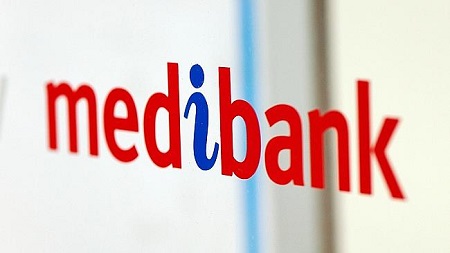An exclusive report by industry analyst IBISWorld examined the move in detail – the benefits, risks and future impacts. Here are some of the highlights of what it had to say.
Privatisation
Medibank is scheduled for an initial public offering in late November, and its sale is expected to generate around $5.0 billion for the Federal Government. This will make it one of the largest privatisations of the past five years.
A large portion of these funds is expected to go towards new infrastructure projects. The efficient allocation of funds is crucial, since Medibank also generates substantial profits (NPBT of $315.0 million in 2012-13), an income stream that the Federal Government will lose once the insurer is privatised.
The privatisation of Medibank has prompted discussion regarding its implications for the Australian health system. This has centred on the likely effect of privatisation on insurance premiums and the subsequent costs of healthcare for consumers. Proponents of the initial public offering argue that the industry is already sufficiently regulated, and that Medibank will have no more control over its premiums in private hands than it does under public sector ownership.
The Private Health Insurance Act 2007 states that any premium increases must be approved by the Minister for Health, and must not be contrary to the public interest. This effectively ensures that every health insurer – public or private – is subject to the same regulatory factors.
However, opponents of the privatisation suggest that as the government relinquishes control of the health insurer, it is effectively losing control of the industry. It is further argued that premium prices could be controlled via competitive pressures. Should any of the private insurers raise their prices, the government could offer lower premiums through Medibank, making the private companies less competitive.
Winners and losers
A key question is whether or not consumers will come out on top after the privatisation of Medibank is complete. Concerns include the future growth of premiums, appreciation of the stock price (since retail shareholders have been actively invited to participate in the offer) and the quality of service.
The immediate winners of the privatisation are consulting firms, brokerage firms and investment banks. Any institutions involved in the preparation of the sizeable float will enjoy a healthy flow of revenue from fees, as well as the intangible benefits to their reputation for handling such a high-profile transaction. Macquarie Capital, Deutsche Bank AG and Goldman Sachs Australia are the joint lead managers on the deal.
However, not all involved parties will benefit from the privatisation of Medibank. In this regard, it is difficult to look past the company's employees. Improving operational efficiencies will now become a key management objective. Such changes often come at the expense of headcount. Given that the overall potential for revenue growth is limited, improving management expense ratios will be key to growing shareholder value over the medium term.
Changed circumstance
With the industry's largest health insurer now focusing more on its bottom line, competition within the industry is likely to increase (which benefits the average consumer). In a heavily regulated industry where the scope for increasing premium prices is capped, the best alternative means of increasing revenue is to take market share away from other players.
Assuming Medibank reduces its management expense ratio and consequently improves its profit margins, the insurer will be able to reduce its premiums and increase its service offerings to attract a larger share of the market. This could spark higher competition among existing private health insurers, further increasing the benefit to the everyday consumer.
Why sell?
Privatisation provides governments with an option to recycle capital – that is, to invest the proceeds from the sale of the asset into new projects. This allows governments to invest without raising debt and putting additional pressure on their budgets.
Historically, governments (in Australia and other western nations) have held a monopoly on infrastructure assets such as electricity grids, roads, ports and energy generation plants. Selling some of these established, blue-chip assets allows governments to raise funds for new social and economic infrastructure projects.
Governments may also decide to privatise state-owned enterprises in a bid to achieve cost reductions and efficiencies. It has been argued that, due to competitive forces, privately run enterprises are more efficient than state-run enterprises.
By privatising state-owned enterprises and making them bid for government contracts, services costs are effectively reduced. Such an approach has been used in transport infrastructure and operations, through public-private partnerships.
Where would the money go?
Where the money goes is important. The proceeds from the sale of Medibank Private have been earmarked for the Federal Government's Asset Recycling Initiative. Under the initiative, the Federal Government will provide a bonus of 15.0 per cent of the selling price of an asset sold by a state or territory government if the proceeds are used to fund further infrastructure projects.
To be eligible for funding, state and territory governments must invest the funds in projects that demonstrate a clear cost benefit, that enhance productivity in the long run and that enhance the involvement of the private sector in infrastructure funding.
This initiative is designed to spark a wave of investment in new projects across Australia, and increase the role of the private sector in operating existing assets. If state and territory governments can qualify for all of the $5.0 billion allocated to the Asset Recycling Initiative, close to $40 billion will be spent on infrastructure in the coming years, to the benefit of businesses in advisory and construction industries.
State and territory governments with a mandate to privatise assets are likely to be the first to access these funds. The system that the Federal Government has put in place appears to apply on a first-come, first-served basis. States and territories could miss the benefits of the initiative if they do not have suitable assets to sell and projects in which to reinvest proceeds.













